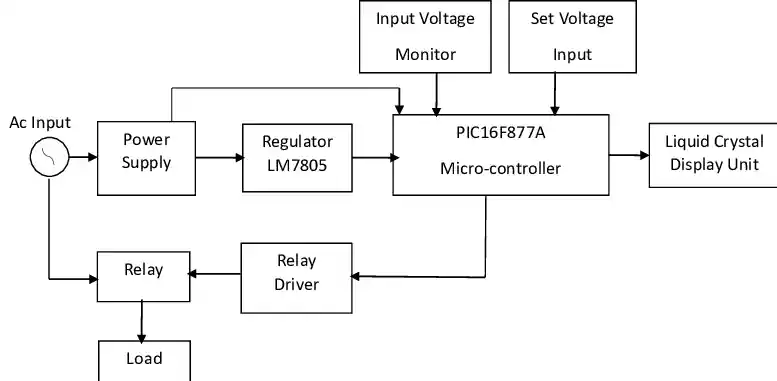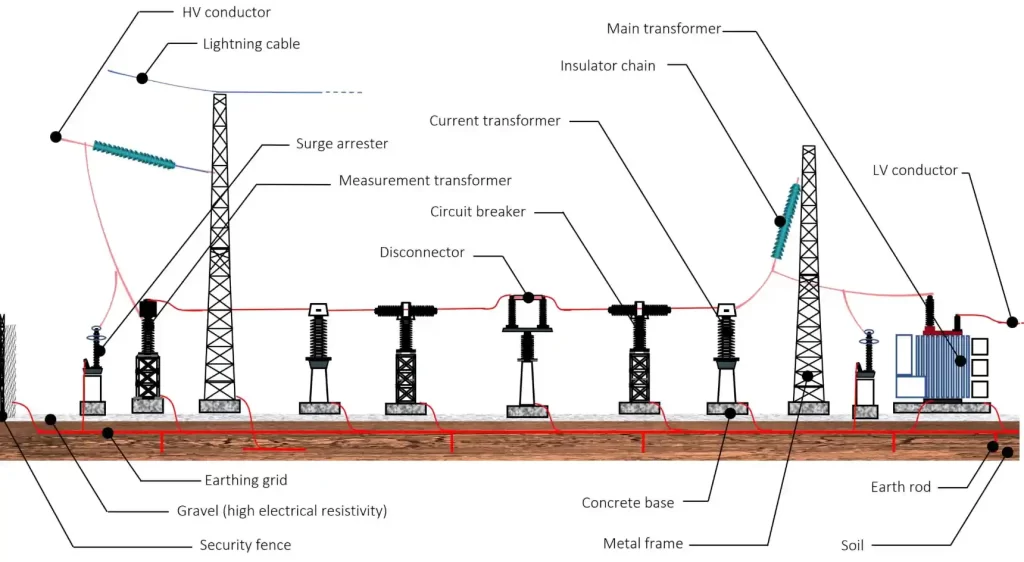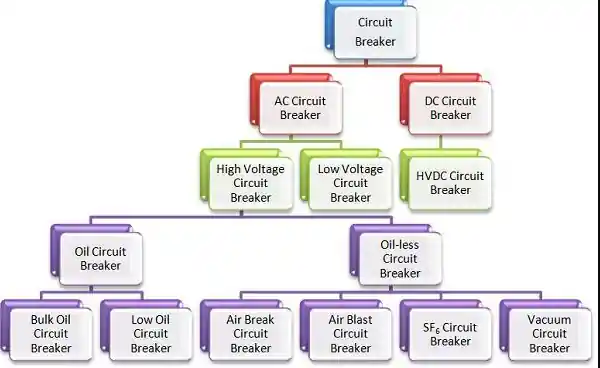In modern electrical systems, safety and reliability are paramount. One critical device that ensures both is the voltage breaker—a term often used to refer to circuit breakers designed to interrupt power flow during abnormal voltage conditions. Whether you’re an electrical engineer, maintenance supervisor, or simply a facility manager, understanding how voltage breakers function and where they apply is essential for protecting both people and equipment.
What Is a Voltage Breaker?
A voltage breaker, more precisely known as a circuit breaker, is a safety device designed to automatically interrupt the electrical circuit when a fault condition occurs, such as overvoltage, undervoltage, short circuits, or overloads. It protects electrical circuits from damage by isolating the faulted part and preventing excessive current from flowing through the system.
While the term “voltage breaker” is not a strict technical term, it is often informally used to refer to overvoltage protection devices or voltage-sensitive breakers that respond to specific voltage thresholds.

Applications of Voltage Breakers
Voltage breakers are essential across all segments of the power grid and internal electrical systems:
- Residential buildings: Safeguard household appliances and wiring from surges or faulty loads
- Industrial facilities: Protect expensive machinery and ensure process continuity
- Commercial spaces: Avoid service disruptions caused by electrical faults
- Power generation and substations: Critical for managing high-voltage fault currents and ensuring grid stability
- Renewable energy systems: Protect inverters and solar panels from grid anomalies

Market Trends and Industry Background
According to a recent IEEMA industry outlook and IEEE publications, the demand for advanced circuit protection—especially in developing countries—is on the rise. Grid modernization, increased use of sensitive electronics, and the adoption of renewable energy are fueling this growth.
Technological advancements have led to the development of smart circuit breakers that include voltage monitoring, communication protocols (like Modbus or IoT), and predictive maintenance capabilities. Reports from Schneider Electric and ABB highlight that integrating voltage-sensitive protection is now standard practice in mission-critical environments.
See more in-depth explanations on Wikipedia: Circuit breaker.
Key Technical Specifications
The technical profile of a voltage breaker may vary based on application and voltage level (low, medium, or high). Below is a general comparison for reference:
| Parameter | Low Voltage Breaker | Medium Voltage Breaker | High Voltage Breaker |
|---|---|---|---|
| Rated Voltage | Up to 1,000V | 1kV – 36kV | Above 36kV |
| Interrupting Capacity | 10kA – 100kA | 16kA – 40kA | Up to 63kA or more |
| Trip Mechanism | Thermal-Magnetic / Electronic | Vacuum / SF6 / Air | SF6 / Air Blast / Vacuum |
| Response Time | <10 ms | 30–100 ms | 50–150 ms |
| Standard Compliance | IEC 60898, IEC 60947 | IEC 62271-100 | IEC 62271-100, IEEE C37 |

Voltage Breaker vs. Other Protective Devices
While voltage breakers are critical, they are part of a broader category of electrical protective devices. Here’s how they differ:
- Voltage breakers vs. fuses: Breakers can be reset; fuses must be replaced
- Voltage breakers vs. voltage protectors: Protectors only handle overvoltage; breakers disconnect the circuit under various conditions
- Voltage breakers vs. surge arresters: Surge arresters redirect surges; breakers isolate them
Choosing the Right Voltage Breaker: Buying Guide
When selecting a voltage breaker, consider:
- Application voltage solutions Class – Match it to your system: LV (<1kV), MV (1–36kV), or HV (>36kV)
- Trip Characteristics – Do you need instantaneous tripping (for short circuits) or time-delayed?
- Environmental Conditions – Indoor or outdoor? Humidity? Corrosive areas?
- Interruption Capacity – Must exceed the highest possible fault current
- Compliance – Ensure the breaker meets IEC or ANSI/IEEE standards
Brands like Schneider Electric, PINEELE, Eaton, ABB, and Siemens offer reliable voltage breaker solutions across all voltage classes.
Referenced Standards and Authoritative Sources
- IEC 60898 / IEC 60947 / IEC 62271-100
- IEEE Std C37.04™ and C37.06™
- Wikipedia – Circuit Breaker
- ABB & Schneider Electric product catalogs and whitepapers
These standards and sources help validate product quality, performance benchmarks, and system compatibility—essential for EEAT.
FAQs
A: Yes and no. A voltage breaker is a general term that may refer to circuit breakers responding to voltage anomalies. The proper term is circuit breaker, but some models are sensitive to voltage thresholds.
A: Absolutely. By disconnecting circuits in overload or short-circuit conditions, they significantly reduce the risk of electrical fires.
A: Routine testing every 6–12 months is advisable. For high-use environments, more frequent testing is recommended. Most breakers last 15–25 years depending on usage.
A voltage breaker—technically referred to as a circuit breaker with voltage monitoring capability—is a vital asset in any electrical system. From household safety to industrial reliability, these devices protect life and equipment against unpredictable electrical faults. With global trends pushing for smarter, more resilient grids, the voltage breaker continues to evolve as a front-line defender in modern power networks.
